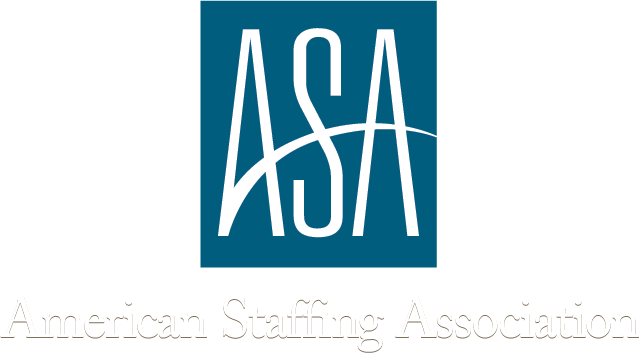Your voice is not the only part of you that communicates. In fact, one study estimated that as much as 93% of all communication is nonverbal. The way a person moves, smiles, makes eye contact, and nods their head tells you a great deal about what they are thinking.
In preparation for a job interview, many applicants plan what they will say in response to certain questions. But have you ever thought about what your body is communicating? You may be working against yourself without even knowing it. Use this guide to help you identify the subtle but significant nonverbal cues that you and your interviewer are communicating to each other.
Posture
Sit upright with your back straight. This implies that you are alert, aware, and fully engaged. Remember to keep your posture in mind at all stages of the interview, even as you are waiting in the lobby. Just imagine going to greet an applicant that was slumped into a couch like they were relaxing in front of the TV.
Hands
Keep your hands in your lap with your fingers lightly intertwined. This projects an air of calm and confidence. Plus, your intertwined fingers can help discourage you from making unnecessary hand gestures. An occasional gesture is alright, and even encouraged, but in excess they begin to seem erratic.
Eye Contact
This is one nonverbal cue that all applicants must master. Eye contact implies that a listener is paying attention, interested in the conversation, and confident in their participation. Unfortunately, many people evade eye contact without realizing it. Conversely, too much unbroken eye contact can be unsettling. Before the interview, have a conversation with a trusted friend, and ask them to comment on your use of eye contact.
Mirth
It is important to smile, laugh, and nod, but not to excess. Do so only when appropriate, and with a measured intensity. You run the risk of appearing patronizing, or even unhinged, if you appear too exuberant.
Legs
It is a good policy to keep both feet on the floor at all times. Crossing your legs is an informal gesture that can make you appear disengaged. Ideally, you would have your legs uncrossed, your hands in your lap, your back straight, and be leaning forward slightly to suggest that you are fully committed to the conversation.
The final thing to remember is that your interviewer is nonverbally communicating just as much as you are. As the interview progresses, try to read their body language to gauge how things are going. Do they seem intrigued by your answers or eager to wrap things up? Have they sunk into their chair dismissively or do they remain focused on you? Clever applicants use indicators like these to help them revise and tweak their interview answers on the fly. Consult the recruitment specialists at Selectek to learn more about acing your next job interview.

